WildCRU’s Farming and Wildlife programme has been running for over thirty years. Its foundations lay in conversations with farmers about wildlife issues that impacted their farming, and how farmers and conservationists could work together to seek solutions that would benefit both farming and wildlife. From early studies on field margins at Wytham, our work has broadened in its scope: from field to farm to landscape scales, and across a range of species and habitats. Our aim is to advance understanding of how agriculture and wildlife interact and provide an evidence base for policy and action.
CONSERVATION CONTEXT
Biodiversity provides the foundation for agricultural systems, with the conservation of biodiversity being critical for ensuring environmental sustainability. At the same time, agriculture is playing a hugely significant role in the biodiversity crisis by contributing to the major drivers of biodiversity loss in complex and inter-related ways. The pressures on agricultural production have never been greater and are only likely to accelerate current levels of biodiversity decline. Developing ways to reconcile the ever-changing needs of agricultural production and those of biodiversity conservation and nature recovery requires an approach that bridges the gap between academic theory and practical problem-solving.
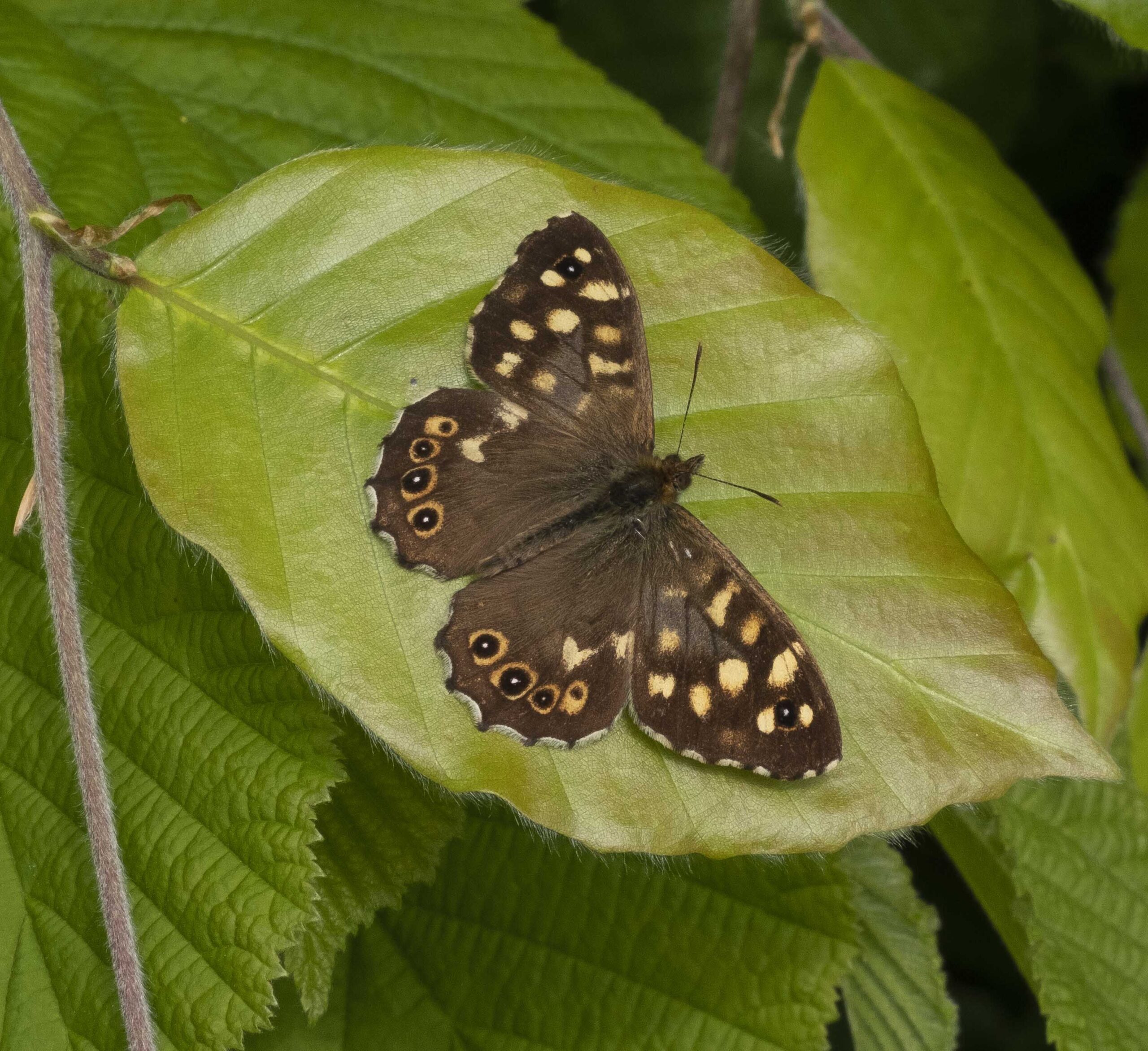
Speckled wood ©Guy Riddoch
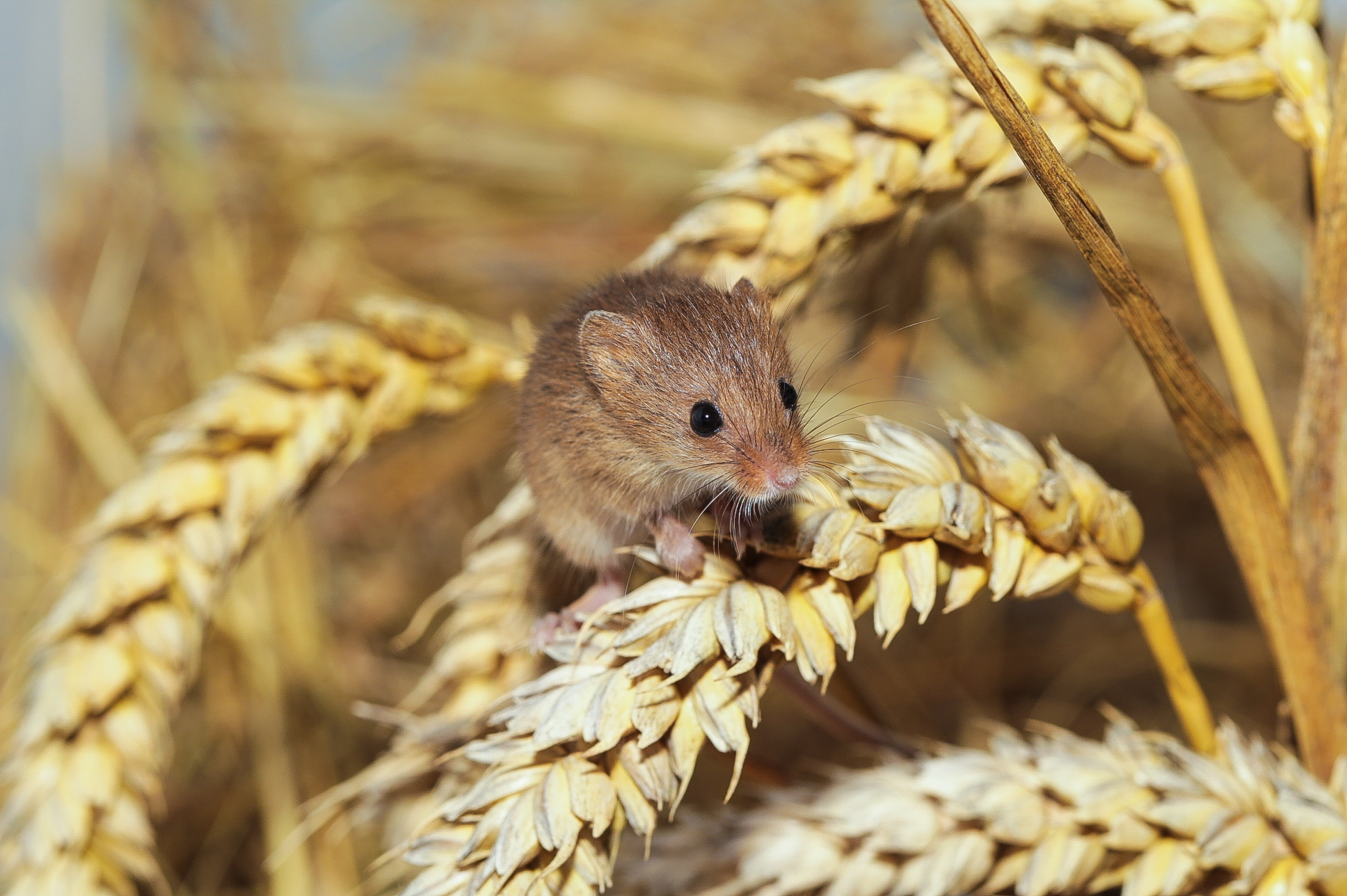
Harvest mouse ©Natural England Allan Drewitt
APPROACH
Farming and wildlife research
WildCRU’s research focuses on revealing how agricultural systems and wildlife interact. The scale of our studies has varied from microcosmic to entire landscapes, individuals to populations, and covered plants, invertebrates, birds, and mammals. The over-arching purpose is to fortify the evidence base for managing outcomes, including careful consideration of the implications for agricultural development for natural habitats, biodiversity, and the provision of essential ecosystem services. Our flexible, interdisciplinary approach is a consistently effective strategy to tackle the most pressing challenges facing farmers, conservationists, and policy makers today.
Our work is summarised in two major academic volumes, Wildlife Conservation on Farmland, which synthesize the results of WildCRU’s agro-ecology studies over the last 25 years. Some examples from our studies are below.
Field margins and invertebrate biodiversity
Farmland invertebrates are vital for healthy ecosystem functioning, but many groups have declined due to agricultural intensification. Arable field margins potentially can increase food resources, provide refuges for invertebrates and buffer them from pesticides and farm operations. We undertook a series of field and farm-scale experiments which showed the ways in which arable field margins are established and managed affect their invertebrate assemblages. For example, field margin swards established by sowing with a grass and wildflower seed mixture attracted more butterflies than naturally regenerated swards. In the short term, larger and more species-rich invertebrate assemblages were fostered on unmanaged margins than on those managed by cutting. The results suggest that blanket management approaches for invertebrates at the farm scale are not optimal. A farmed landscape with a diversity of habitats will provide for the different ecological requirements of invertebrate populations in the characteristically unstable environment of arable systems.
Small mammals on lowland farmland
Increasingly intensive agricultural management since the 1940s has corresponded with a severe decline in the habitats used by small mammals on farmland. There have also been changes in habitat quality, including declines in invertebrate and plant foods. Although a lack of long-term monitoring hampers our understanding of small mammal population trends on farmland, our research suggests a range of ways in which to encourage their abundance and diversity, including measures to promote plant and invertebrate diversity in and around crops, such as field margins and conservation headlands, and hedgerow restoration and management.
Organic farming and biodiversity
Organic farming is a low intensity system, offering benefits to biodiversity. Using two paired-farm studies, we explored the responses of different taxonomic groups to organic farming. In the first, smaller-scale, study, positive impacts of organic farming on butterflies and spiders were found. In the second, large-scale, study of eighty-nine farm pairs across England, organic farming was mainly associated with positive effects on biodiversity, although there was substantial variation in the size of effects among taxonomic groups surveyed, which included plants, spiders, bats and birds. The largest and most consistent (positive) effects were for plants. The results highlight the importance of developing strategies for managing farmland at the landscape scale for most effective conservation of biodiversity.
Moths on farmland
Landscape-scale conservation of farmland moths is urgently needed because of their alarming rates of decline. We have undertaken several experiments that involved light-trapping of macro-moths on intensively farmed land, at both the field and landscape scale, in lowland England. We have shown that hedgerow trees and wide field margins locally enhance macro-moth diversity. Our research has demonstrated and explained why relatively larger gains for farmland moths are to be obtained from a landscape-scale provision of these features. The establishment of both hedgerow trees and wide margins are management options that are easily integrated within national agri-environment schemes. These features could help to reverse negative trends for farmland biodiversity if they are implemented over sufficiently large areas, and managed appropriately, providing a dense network of key habitat resources.
Freshwater biodiversity
Freshwater resources are of vital importance but the biodiversity of freshwater systems in agricultural land can be negatively affected by agricultural activities. We studied how land use surrounding streams and rivers at the entire catchment scale can affect the quality of freshwaters, as measured by macroinvertebrate indices. We also looked at how adjacent land use and management affected the water quality and biological communities of agricultural ditches. We found that increasing woodland close to riverbanks and managing hedges next to ditches, could have beneficial effects on the water quality and biodiversity of freshwater on agricultural land.
Water vole conservation
The water vole Arvicola amphibious provides a vivid illustration of the process of conservation research, from the initial discovery that a species is declining, through diagnostic research into the causes, then development and testing of solutions, to the production and implementation of a strategy for the species’ recovery. In doing so, the following questions are relevant: How did it come to light that the species was a conservation concern? What evidence was required, and how was that evidence accumulated? How were the causes of the decline diagnosed? How were the remedies devised, tested and implemented? Is society prepared to foot the bill, both financially and ethically, to enact the conservation actions required? Twenty years of WildCRU research have aimed to address these questions for the water vole.
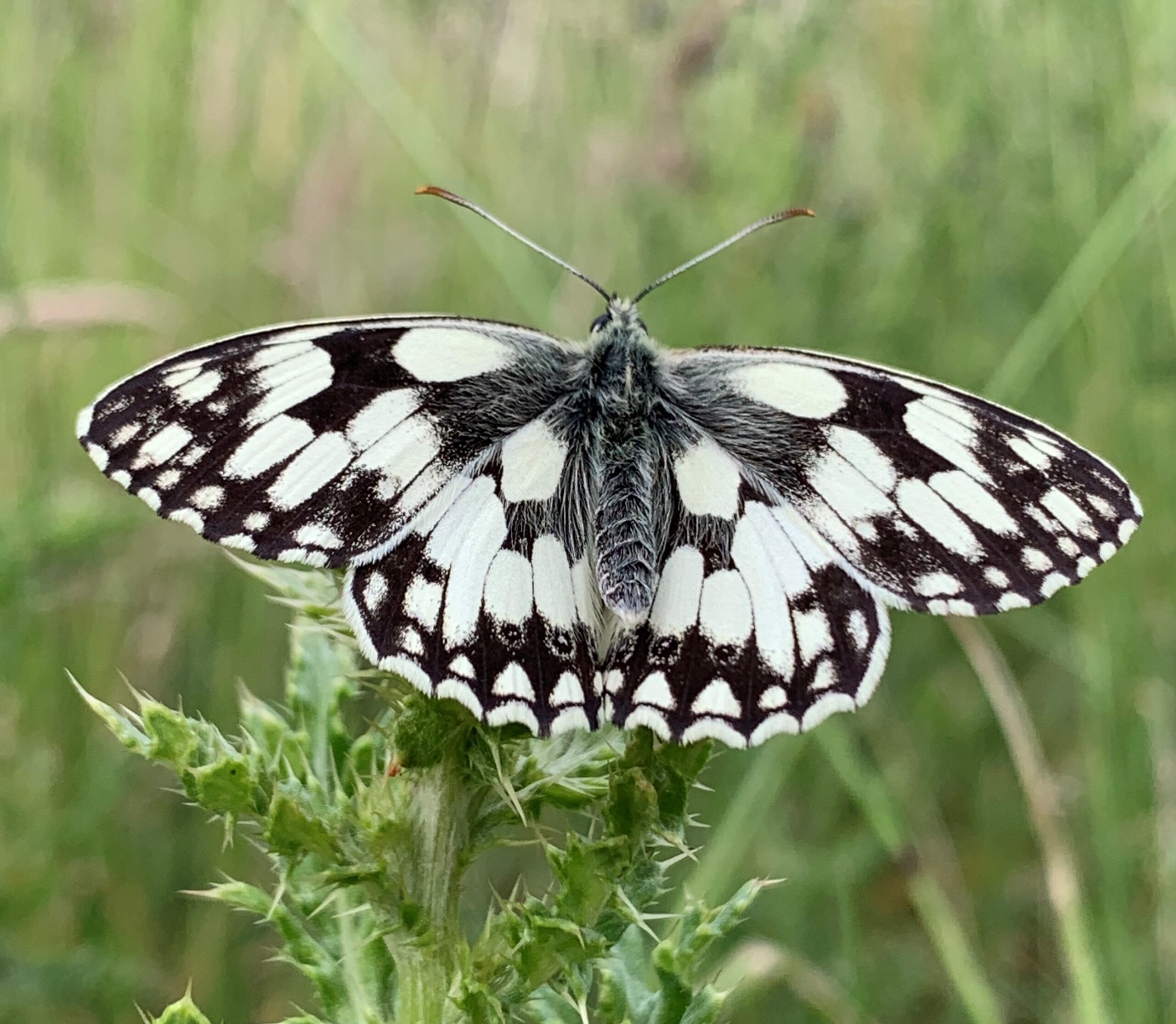
Marbled white butterly on field margin ©Ruth Feber
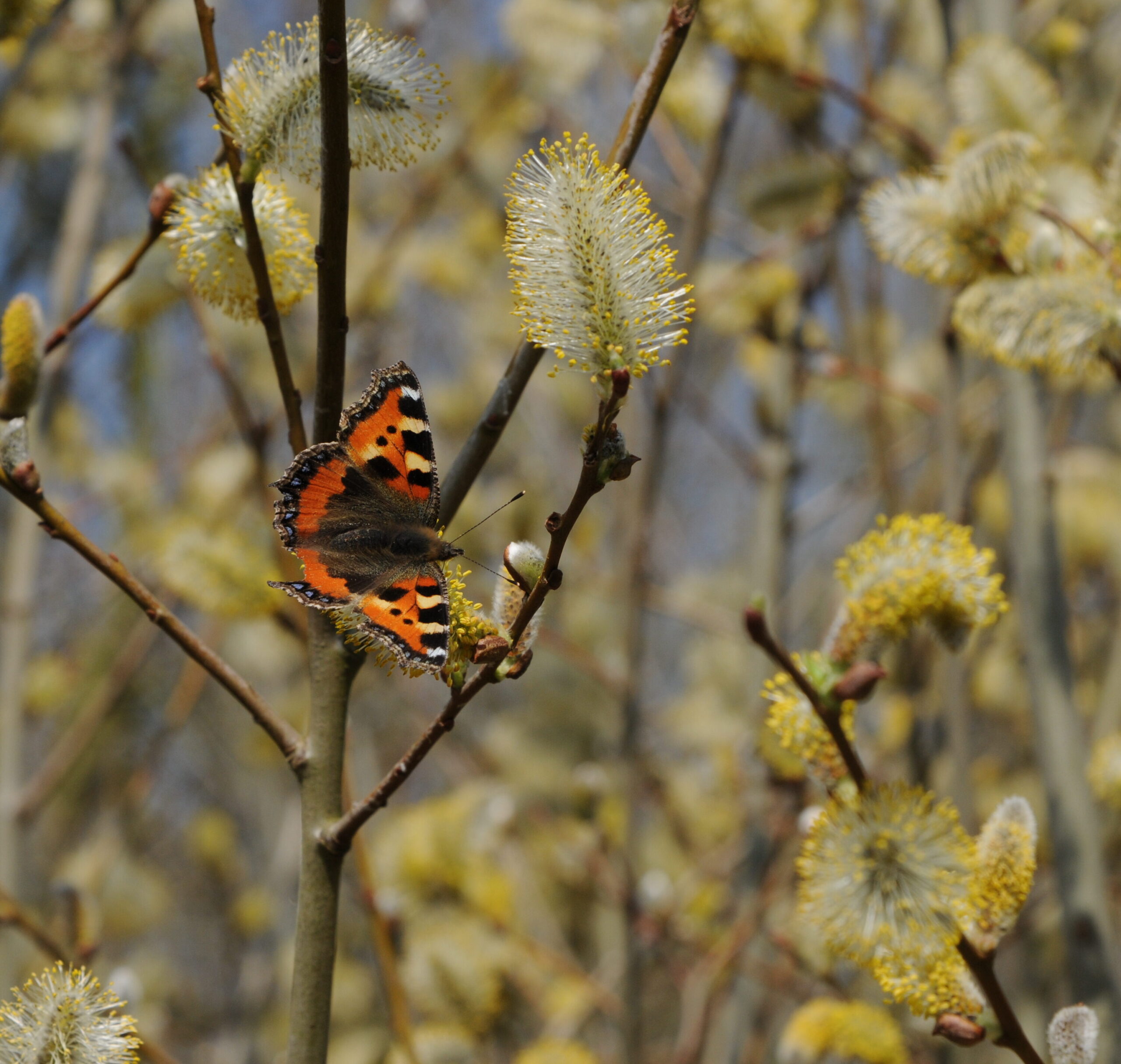
Small tortoiseshell on goat willow ©Peter Roworth
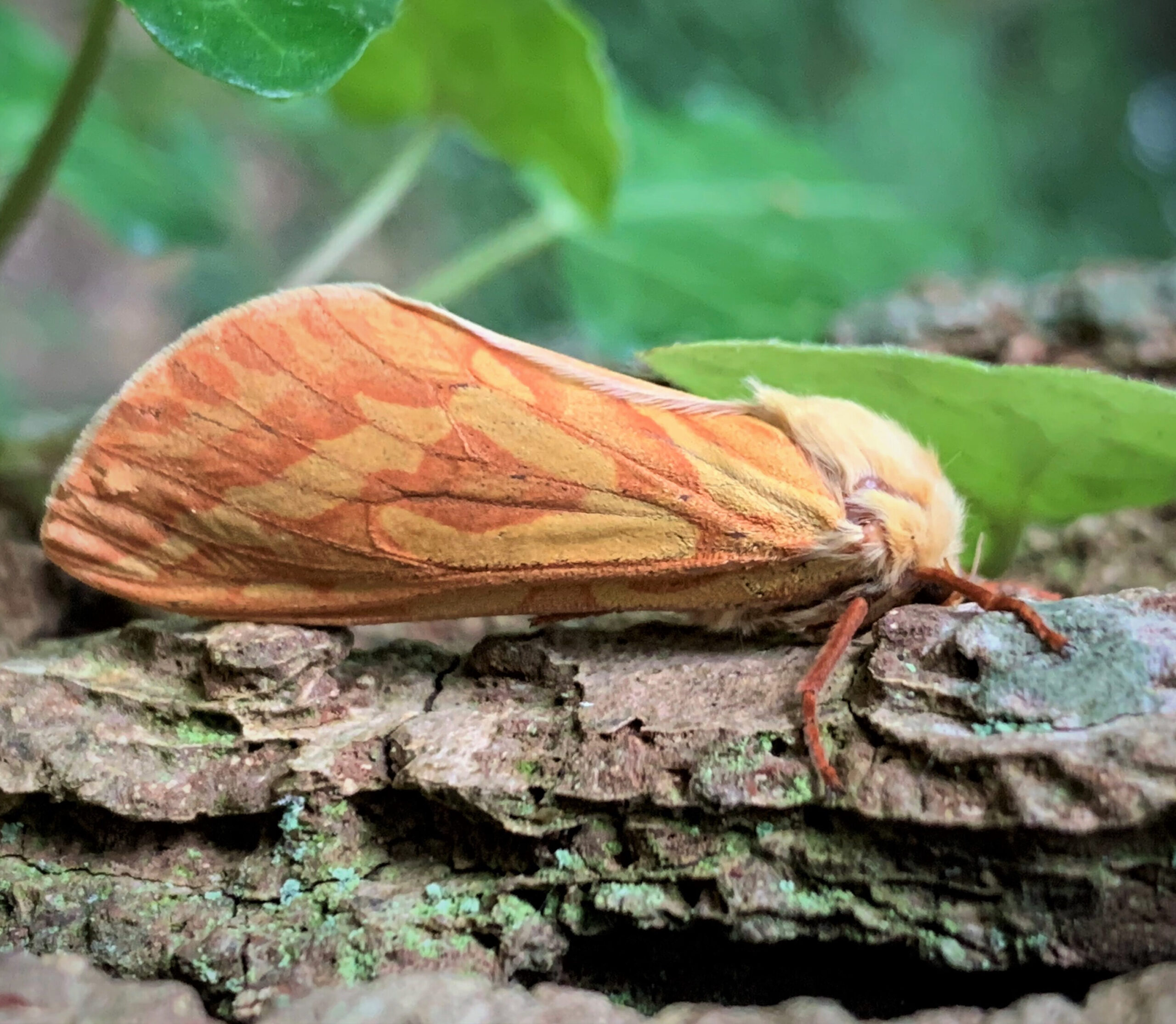
Ghost moth ©Ruth Feber
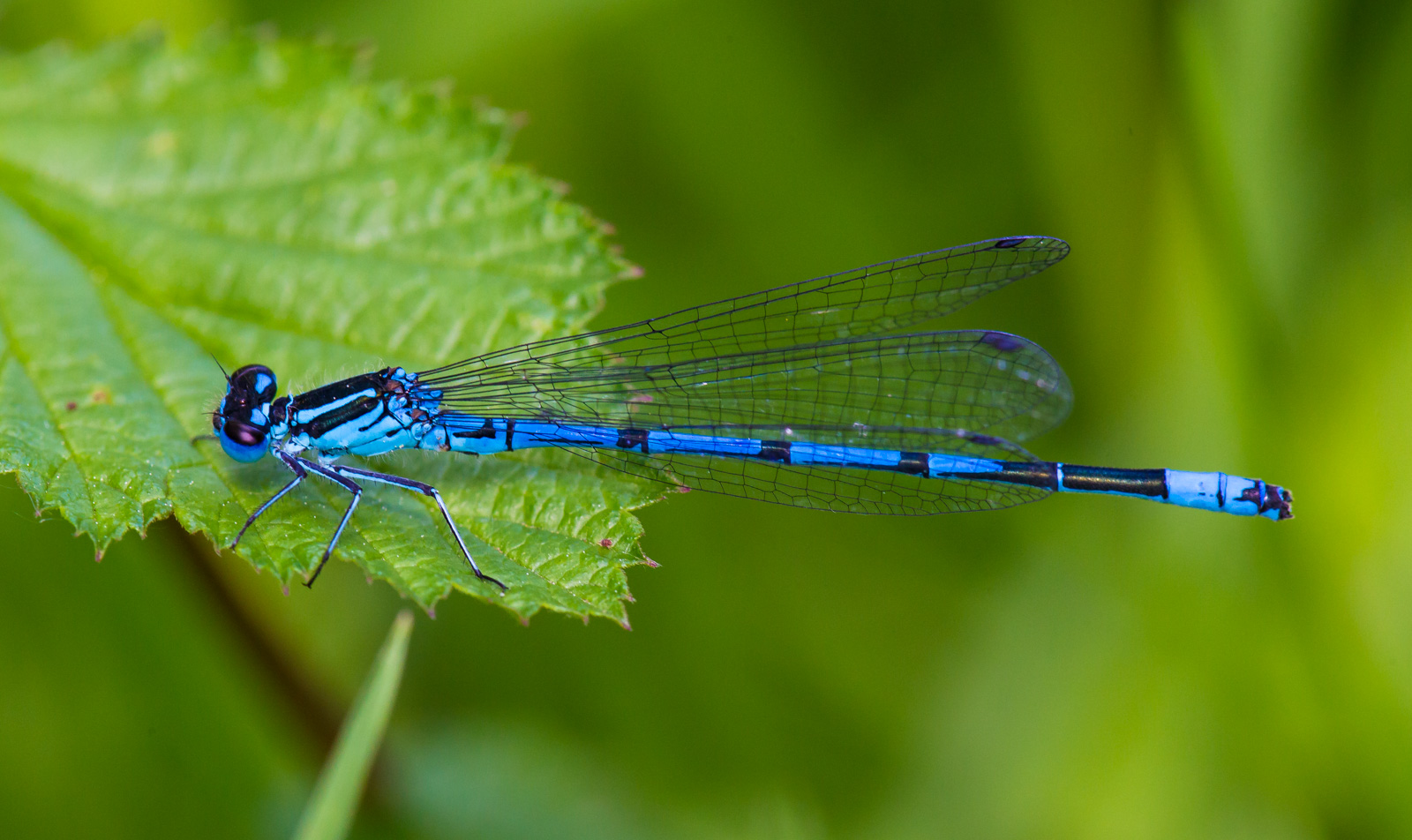
Azure damselfly ©Natural England Allan Drewitt
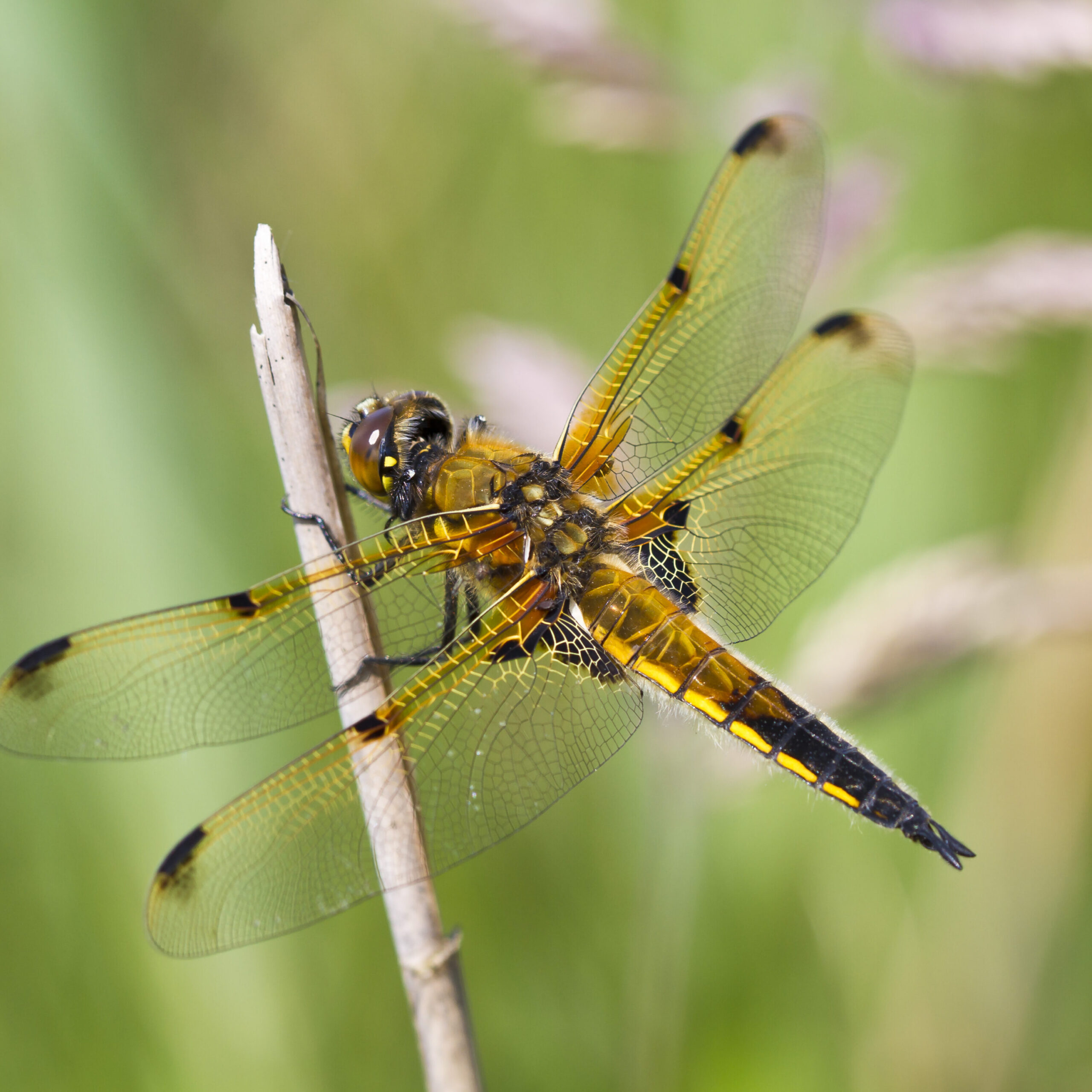
Four-spotted chaser ©Natural England Allan Drewitt
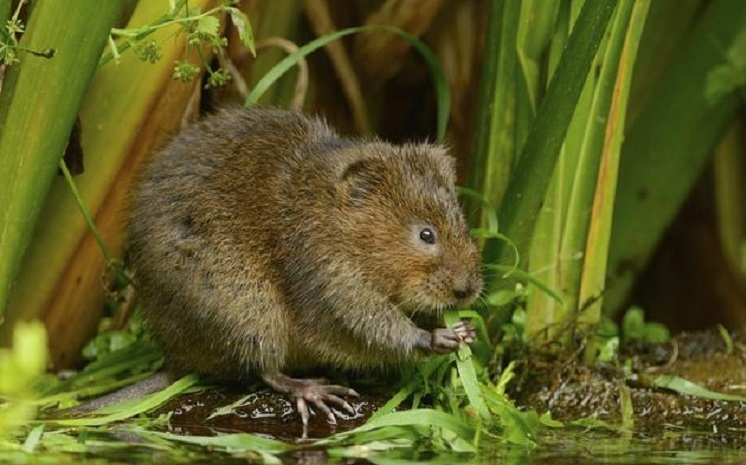
Water vole ©Natural England
IMPACT HIGHLIGHTS
In 2013 we produced an illustrated online Farming and Wildlife handbook, summarising advice and key research findings for farmers and land managers. Updated in 2017, it was showcased online throughout 2018 by Agricology, a collaboration of over 20 of the UK’s leading organisations who work with the farming community.
WildCRU research on the impact of hedgerow trees on moths provided compelling evidence of the important ecological role of trees outside woods in the farmed landscape and has contributed to their inclusion within government-funded agri-environment schemes over the last decade.
In one of the first projects of its kind, farmers, advisors and researchers formed a landscape-scale partnership in 2000, to benefit the endangered water vole. Through the delivery of whole-farm conservation plans, habitat corridors were created across the Chichester coastal plain, resulting in a tripling of water vole numbers over three years.
PROJECT MEMBERS
WildCRU’s Founding Director David Macdonald leads the Farming and Wildlife programme, alongside Research Fellow Ruth Feber and supported by WildCRU’s statistical analyst and Research Fellow Paul Johnson. The programme has been made possible by an outstanding team of researchers over many years, including Sandra Baker, Merryl Gelling, Lauren Harrington, Danielle Linton, Fiona Mathews, Thomas Merckx, Tom Moorhouse, Alison Poole, Eva Raebel, Phil Riordan, Ros Shaw, Helen Smith, Rob Strachan (dec.), Fran Tattersall and Tom Tew and many others.